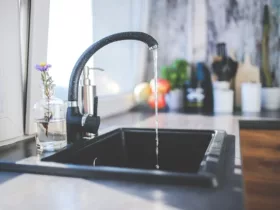Pet separation anxiety is a common problem that can affect dogs, cats, rabbits, and other small animals. Most pets will show some signs of separation anxiety at some point in their lives.
However, if your pet’s anxiety becomes overwhelming or interferes with his health and well-being, it’s time to get help.
The first step is to figure out what’s causing the anxiety. Is there something about leaving your pet alone that stresses him out? For instance, does he associate being left alone with a loud sound like thunder? Or does he respond to being left home alone as if you’ve abandoned him?
There are many ways to help manage pet separation anxiety:
- Make sure your pet gets plenty of exercise before you leave him alone. Exercising your dog or cat before you leave can also help prevent destructive behavior while you’re gone.
- Set up a safe place for them when you’re gone. This could be a crate for dogs or a “safe room” for cats (a spare bedroom). Make sure the pets have plenty of toys and treats in this area so they’ll be happy while you’re gone — but not so many that they’ll be tempted to eat everything at once!
- Leave your pet with something safe that smells like you — a blanket or pillowcase with your scent on it — so he feels like you’re still there when you’re gone (or at least part of you). This can help reduce its anxiety about being without you as well as provide comfort during times when you aren’t home yet or when coming back from work or errands.
- Do not punish your pet for behaviors that are related to its separation anxiety. Your pet will be confused by this treatment and may become more anxious than ever before.























Leave a Reply